Tropical Storms Were Once Named After Wives, Girlfriends, and Disliked Politicians
Want a storm named after you? Well, it’s complicated.

2014’s Hurricane Gonzalo: A name that embodies both gender and ethnic representation. (Photo: NOAA Photo Library/CC BY 2.0)
It’s not too hard these days to pin your name on a star, but what about a tropical cyclone?
It’s one of the most common questions that the National Oceanic and Atmospheric Administration (NOAA) receives: How can I get a hurricane named after me? Dennis Feltgen, meteorologist and public affairs officer at NOAA, says they must get the question around two dozen times a year. But you’ve got a bunch of things to consider if you want a storm to share your name.
For starters, is your name short and easy to remember? Does its heritage represent the relevant region? Does it start with a Q, U, X, Y, or Z? (If you’re going for the North Atlantic basin, no dice; those letters are not used in the 21 yearly name options.) To make things even more complicated, “tropical cyclone” is an umbrella term for cyclones, typhoons, and hurricanes—which are all the same type of storm, but given different names depending on the oceanic basin in which they form. Most people, however, believe that they are different kinds of disasters, and should be named thusly.
The naming of tropical storms, long dominated by Western meteorologists, has been strongly contested over the past 150 years. Naming choices have been fraught with racism and sexism, personal preferences and vendettas. It took a long time to reach a unified system, and bring democracy and regional representation into account.
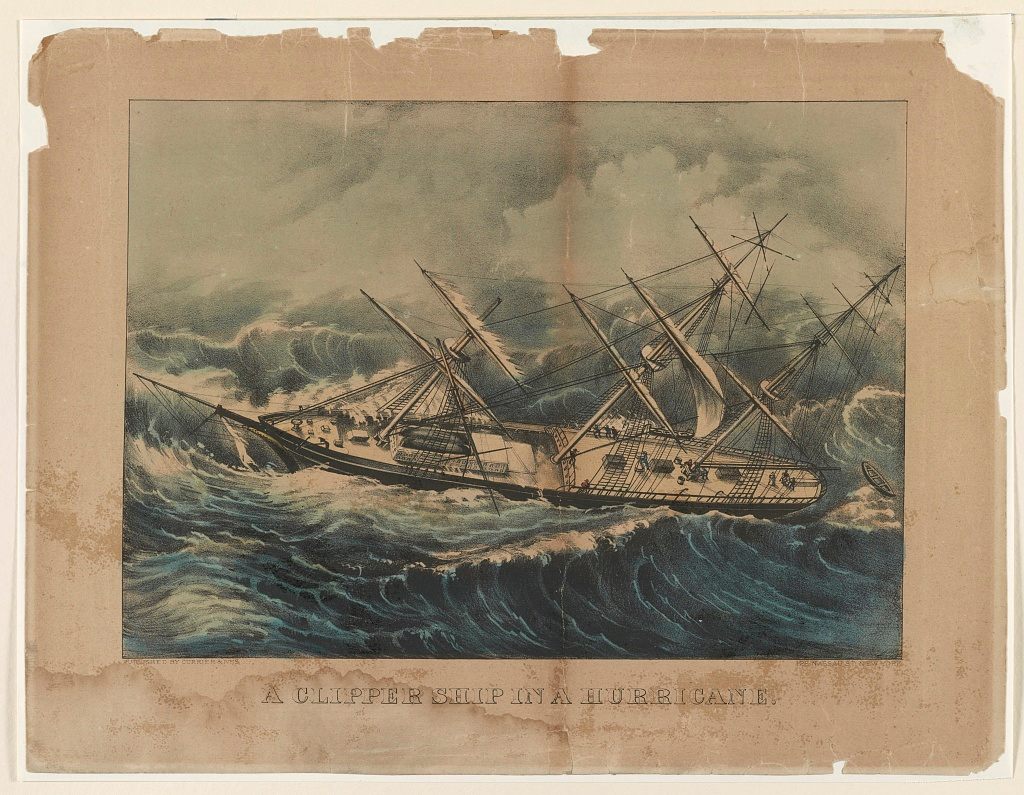
How’d 19th century storms get their names? (Photo: Library of Congress/Public Domain)
Nowadays, depending where you live, you’ve heard of Katrina or Mitch, Ioke or Hudhud; but flip back a hundred years in the weather books and you’ll see storm systems named after Xerxes and Hannibal (ancient commanders), Drake and Deakin (Australian politicians), and Elina and Mahina (Tahitian beauties).
Over the last century and a half, their names have also been borrowed from places and saints, wives and girlfriends, and disliked public figures. For a while, until changes in the 1980s, they were only named after women. But before that, there was also one named after Clement Wragge, the father of naming storms himself.
Wragge began the tradition of using first names to describe weather systems back in 1887. He was a British meteorologist, fellow of the Royal Geographical Society, and author of a book, weather guide, and gazette. Describing storms over Australia, New Zealand, and the Arctic, Wragge originally plucked names from Greek and Roman mythology, then moved on to the names of Pacific Island women whose beauty caught his eye.
As Canadian E. Brewster Buxton wrote in 1970, “Tropical storms bearing the names of softeyed Polynesian damsels often swept through the South Pacific in the 1890s and early 1900s setting the precedent for the current practice of giving feminine names to hurricanes.”
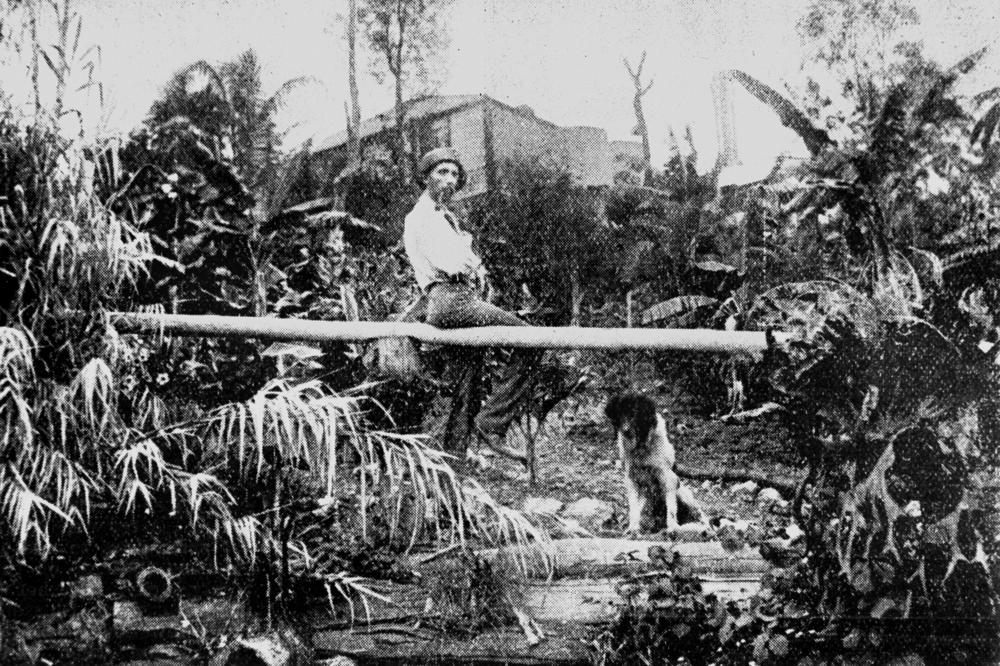
Clement Wragge at home in Brisbane, Australia, around 1902. (Photo: Queenslander/Public Domain)
Back in these early days, storms were really just named on a whim. Connecting a name to a storm didn’t imply all that much about the storm–and it still doesn’t. In 1903, as a friendly gesture, a first officer gave the name Wragge to a monsoon. But when public figures opposed his projects, Wragge tacked their names onto storms, allowing him to take pleasure in reporting certain politicians as “causing great distress,” or “wandering aimlessly about the Pacific.”
After Wragge’s death in 1922, his storm naming system fell into disuse. Storms were instead described by their location or things they hit, leading to names like the 1911 Ship Cyclone and the 1938 New England Hurricane. The lack of a clear system often led to overlap and confusion.

Wragge’s avidity for meteorology sometimes made him a subject of jokes. (Photo: Evening observer/Public Domain)
During World War II, Wragge’s naming practice picked up again, with Air Force and Navy meteorologists naming tropical cyclones after their wives and girlfriends back home. In 1945, the National Weather Bureau introduced a clumsy phonetically alphabetized list with suggestions like “Able”, “Baker”, “Charlie” and “Dog”, but it ran out of names in 1953. There were only 26 words on it, after all.
A year later, after a bit of initial reluctance, the U.S. government organization officially embraced the nearly century-old tradition of naming storms after women. Since America was at the forefront of storm technology at the time, other countries followed suit. The Australian Bureau of Meteorology adopted the practice in 1963, as did neighboring New Zealand.
One supposed reason that hurricanes were given female names was due in part to their characteristics—“unpredictability,” for example. This anecdote is mentioned in a 2014 study which discovered that hurricanes with female names are perceived as less risky than ones with male monikers, exposing that the relationship between men, women, and tropical cyclones will always be fraught.
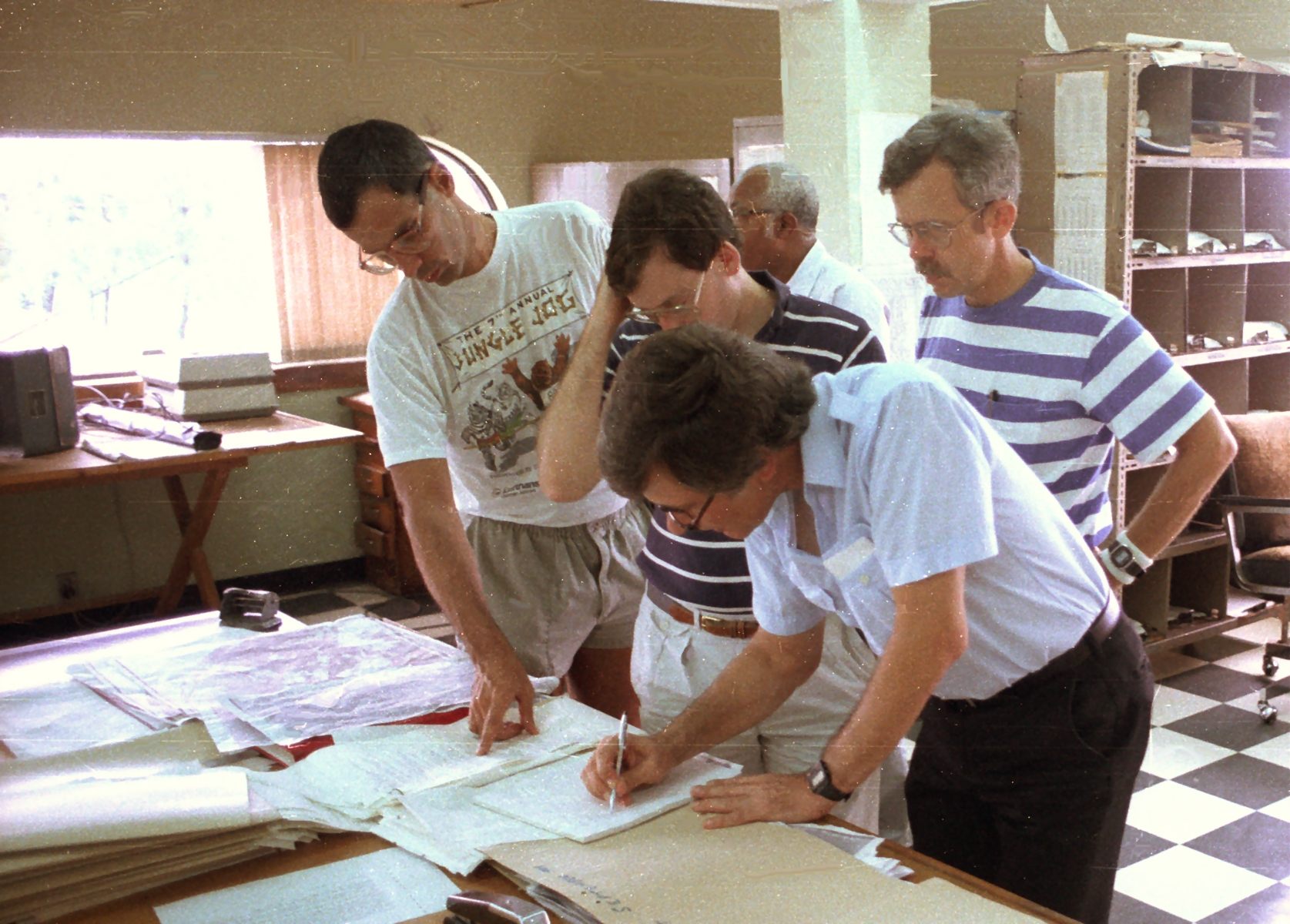
NOAA researchers plan flights into Hurricane Gabrielle, in Barbados in 1989. By this time, Gabrielle would probably not have been one of their wives. (Photo: NOAA Photo Library/CC BY 2.0)
Feminists in the U.S. were far from pleased with this male-generated system of naming, and spoke out against it. Women’s rights activist Roxcy Bolton even proposed replacing the word “hurricane” (sounding like “her-icane”) with the word “him-icane.”
Not until 1979 did the National Weather Service and the World Meteorological Association (WMO) finally start choosing an even split of women’s and men’s names. Bowing to popular pressure, New Zealand began doing so in 1975.
There were other issues overlooked by the folks in charge of naming these storms–generally white, western men. In the mid-20th century, names common to America and England were still being used around the globe. But as meteorological technology spread, that practice receded.
“It wouldn’t make any sense if you’ve got cyclone a going off India, to call it Eugene,” explains Feltgen of NOAA; a storm’s name should be simple and recognizable to the people whom the storm actually affects.
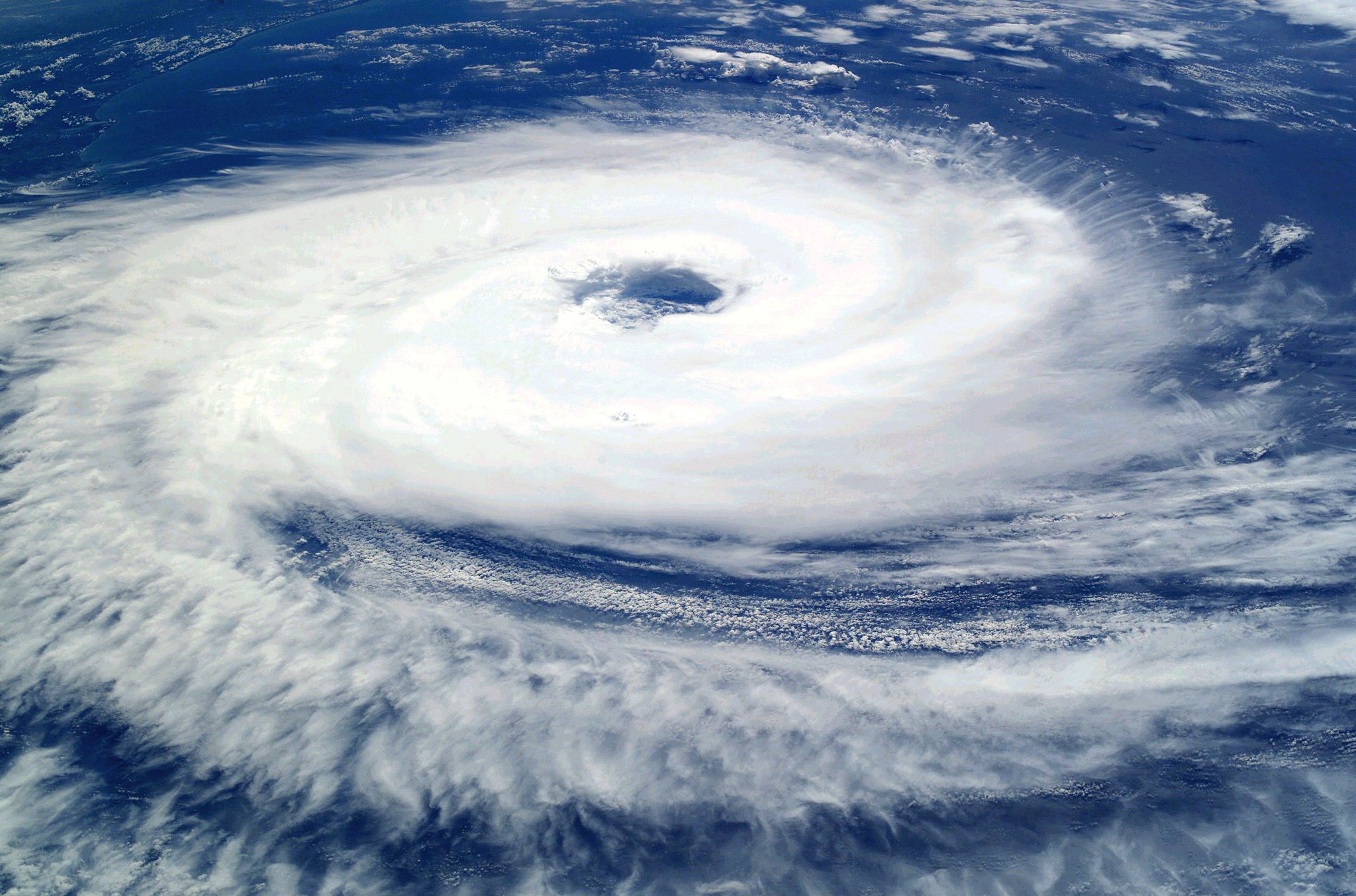
Cyclone Caterina in 2004, taken from the International Space Station. (Photo: NASA/Public Domain)
Different regions modified their lists to better represent the region’s languages and populations; for example, says Feltgen, in the Atlantic Basin, you’re going to get mostly English names with some Hispanic, with a few that trace their roots back to France or Russia.
In the Eastern Pacific basin, you’ll get more Hispanic representation, since the vast majority of those storms won’t have any impact on the U.S., but rather Mexico and Central America. In the Central Pacific, you’ll see a mixture of names going back into the Hawaiian tradition, and so on and so forth across the globe. Nations in the western Pacific instituted a new system in 2000, with each of 14 nations submitting a list for a total of 141 names, which includes animals and flowers in addition to personal names.
Now, separate regional committees have established lists of names functioning on four to six year rotations. For example, in the Eastern North Pacific, the first hurricanes in 2016, 2022, 2028 (into infinity and beyond) will always be named Agatha, unless she gets retired. (Each year the names start all over again with “A” regardless of how many names were used the previous year.)

Let me introduce Edouard. (Photo: NOAA Photo Library/CC BY 2.0)
So, circling back to our initial question—can you tack your name onto a storm? The answer is yes. You’ll have to get in touch with the World Meteorological Organization and find a representative of the region you are hoping to infiltrate via storm.
Be sure to check that your name is not already on the existing list of approved names for the 11 meteorological regions. If one of the names on a region’s existing list goes out of use, that representative can submit a proposed replacement to the rest of the committee.
“Everybody is going to have a say in it,” says Feltgen. But, with an abundance of luck and a lot of persistence, it’s possible that you could find a representative who takes a liking to your name, convinces the committee—et voilà, there could be a Hurricane Kanye.

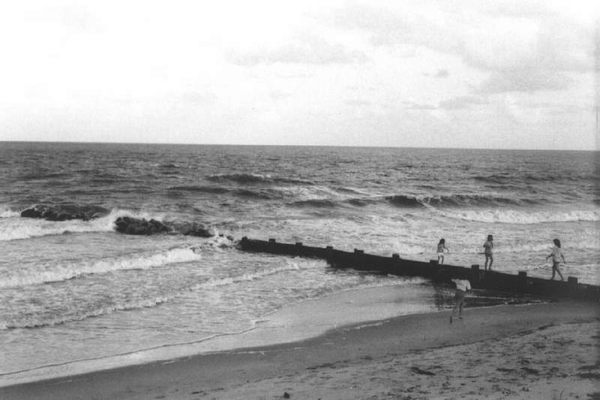















Follow us on Twitter to get the latest on the world's hidden wonders.
Like us on Facebook to get the latest on the world's hidden wonders.
Follow us on Twitter Like us on Facebook